Where does African tech go now?
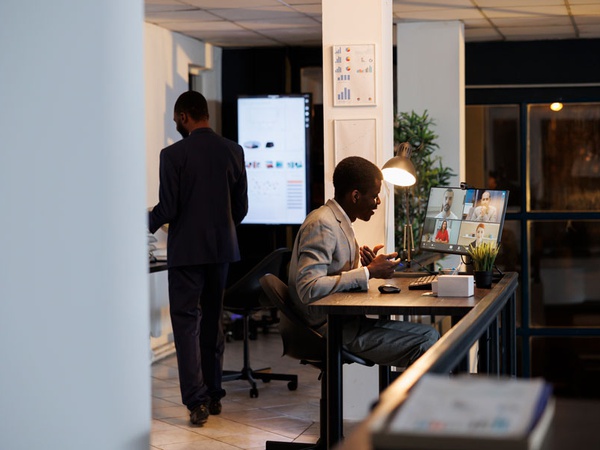
<p>The year was 2021. African startups had just raised over $2 billion dollars in venture capital and everyone was riding high on the euphoria of the success of startups with mega fund-raising announcement and even bigger valuations. Nigerian startups especially had had a fantastic couple of years, with Paystack exiting in a $200m transaction with Stripe, and Flutterwave raising over $100m. Several other startups had raised significant amounts of money. Swanky offices were being constructed, founders were flying first-class, and massive marketing campaigns announced to Nigerians that the tech kids were now the big boys in town.</p><p>But in the background, thousands of miles away in the USA, something was happening. The era of the ZIRP was coming to an end. ZIRP or Zero-interest rate policy was a policy that essentially set the US interest rate and to cut the long story short, led to excess amounts of capital being deployed globally. This excess capital made its way to Africa in the form of venture capital. Excess capital meant raising money was easy and all kinds of ideas (regardless of their merit) were getting funded. But the music came to an end in 2021 and African founders have been left to figure out how to build ventures without the easy capital of ZIRP.</p><p>Even though the end of ZIRP has made it harder for founders to raise money, it is now time to despair. Some fundamental truths about Africa are true today and will remain true for the next 10 years. Africa is a continent home to 1.3 billion humans, 70% of the continent is below the age of 35, and there are lots and lots and lots of problems. These people need to eat, wear clothes, get educated, find jobs, build/rent houses, buy devices, get entertained, and travel. Businesses need inputs, machines, software, and talent to run efficiently. There are many problems to solve, and as long as there are problems to solve, there will be opportunities to make money.</p><p>For those building technology products, the question now is, what kinds of problems should we be solving? Based on my experiences, conversations with other founders/investors, and funding trends, I believe people building should consider these 3 things:</p><p><br></p><p><strong>Digitize a brick-and-mortar problem: </strong>A lot of Africa's problems are still basic; food, clothing, shelter, transport. Solutions that are too abstract often will not meet the immediate needs of the average African. As such focusing on luxury digital products leads to slow sales. Consumer patterns also show that Nigerians are likelier to pay for physical items. Digital products suffer high rates of piracy and free downloads. Adding a technology layer to solving a physical problem, can unlock a level of scale that would otherwise not be possible.</p><p><strong>Solve problems for businesses:</strong> As consumer spending power decreases because of inflation and decreasing currency values, it is becoming more pragmatic to explore B2B models. B2C models suffer from high costs of acquiring customers, low customer spending, and constant churn of customers. B2C founders often deal with high volumes of transactions and maybe even revenue, but very slim profits. The ROW (Return-on-wahala) is often not worth it. Solving problems for businesses leads to bigger transaction volumes, more dependable business, and generally fewer sleepless nights.</p><p><strong>Explore debt:</strong> VC money is sweet when it's available but in the absence of it, startups could explore using debt to scale up some parts of operations once a dependable business/revenue model has been determined. </p><p><br></p><p>It is always a good time to build. But it is also important to build with the right knowledge of the environment that you operate in. Hoping this is useful for someone out there who is looking to build the next big thing</p>


Where does African tech go now?
By
 Tomi Walker
•
2 plays
Tomi Walker
•
2 plays
 Tomi Walker
•
2 plays
Tomi Walker
•
2 plays
0:00 /
0:00
Other insights from Tomi Walker
Referral Earning
Points-to-Coupons
Insights for you.




 365
365








































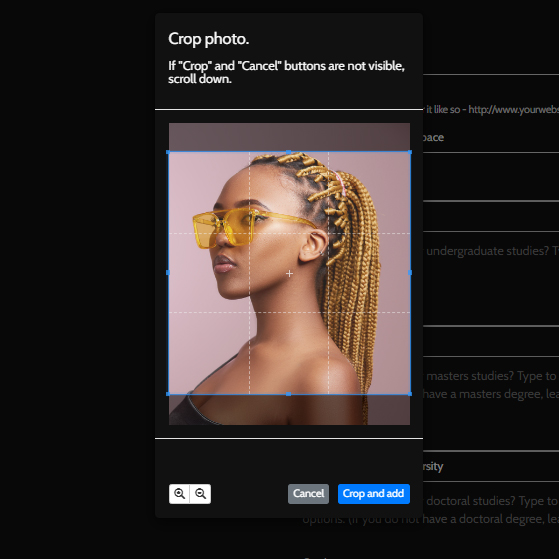
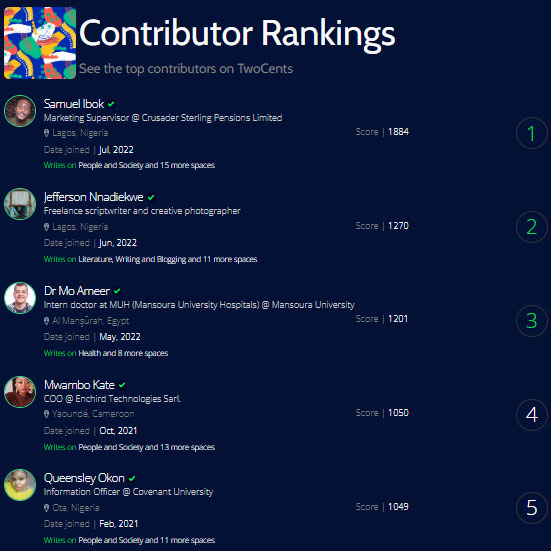



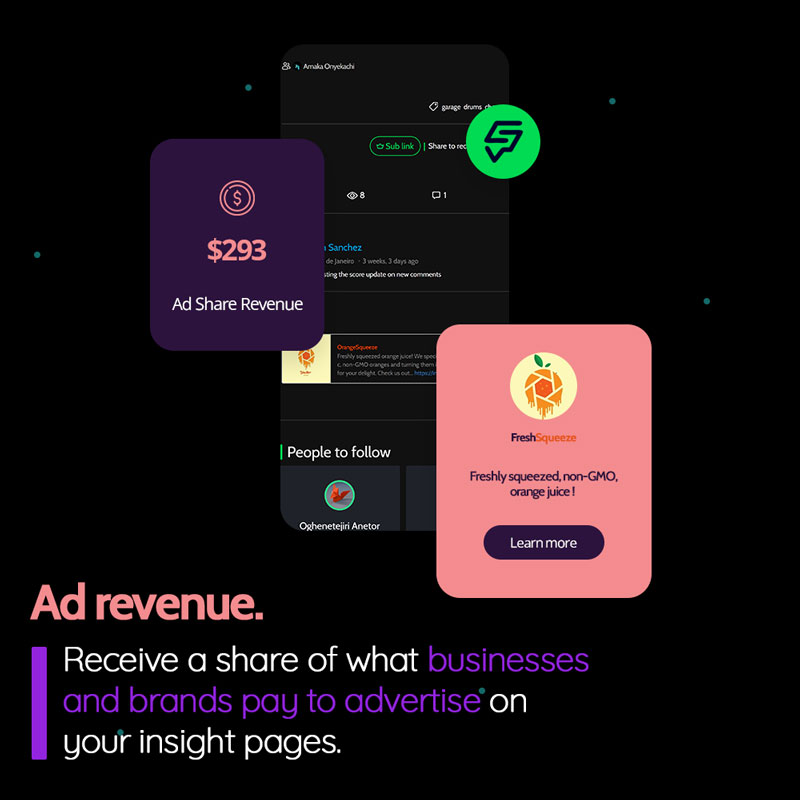

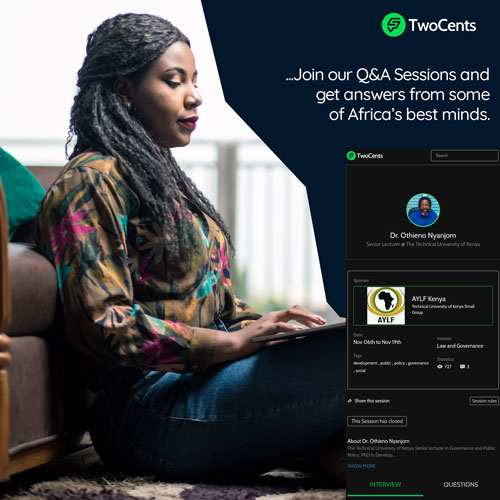
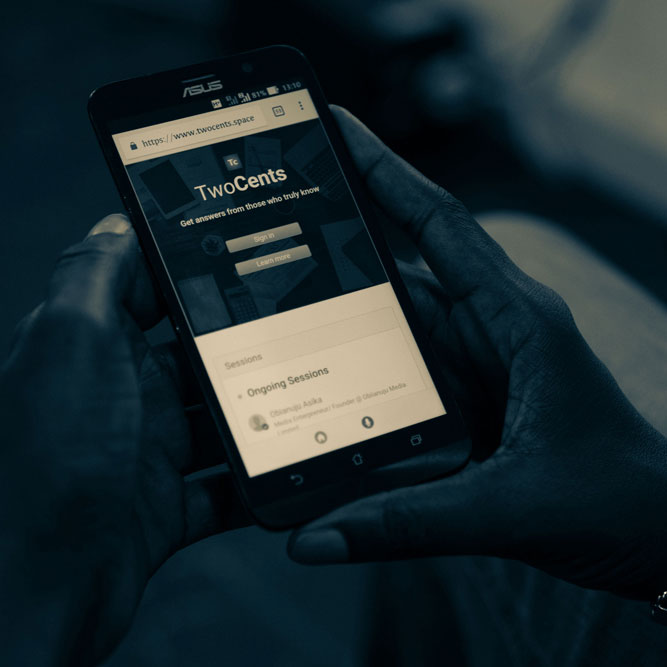














Comments